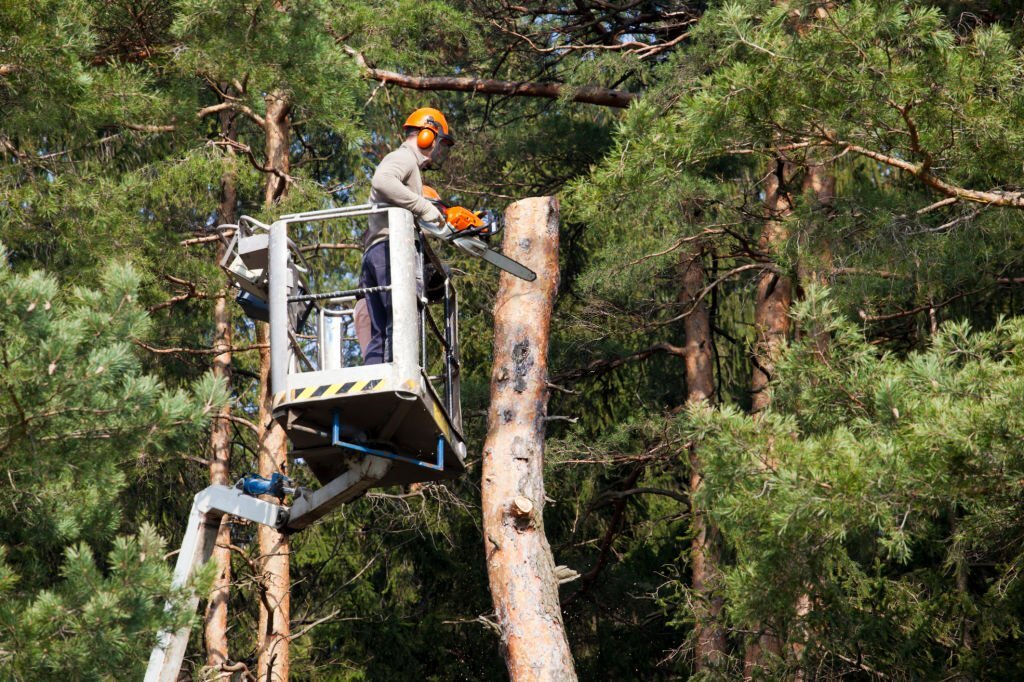
Introduction
The timber industry plays a pivotal role in providing wood products for construction, furniture, paper, and various other applications. However, harvesting timber in an environmentally responsible and sustainable manner requires the use of specialized logging equipment. This article delves into the purpose and significance of logging equipment in the timber industry, shedding light on how these machines enable efficient timber harvesting while minimizing environmental impact.
1. Logging Equipment: An Overview
Logging equipment encompasses a wide range of specialized machinery and tools used in timber harvesting operations. These machines are designed to facilitate the felling, skidding, loading, and transportation of trees from the forest to processing facilities. Key types of logging equipment include chainsaws, harvesters, forwarders, skidders, and loaders.
2. Chainsaws: The Cutting Edge
Chainsaws are the quintessential tool for felling trees and cutting them into manageable lengths. They come in various sizes and power levels to suit different tree sizes and species. Modern chainsaws are equipped with safety features and ergonomic designs to enhance operator comfort and reduce fatigue during extended use.
3. Harvesters: Precision Tree Harvesting
Harvesters are advanced machines that streamline the timber harvesting process. These powerful units can fell, de-limb, and cut trees into desired lengths with remarkable precision. The automated systems in harvesters improve efficiency, reduce labor requirements, and minimize waste, making them essential for sustainable logging operations.
4. Forwarders: Efficient Log Transport
Once trees are felled and processed, they need to be transported from the harvesting site to the collection point. Forwarders are specialized vehicles designed for this purpose. They can carry multiple logs at once, significantly increasing transportation efficiency and reducing the impact on the forest floor.
5. Skidders: Tackling Challenging Terrain
Skidders are rugged machines used to drag felled trees out of the forest to the loading area. Equipped with robust tires and powerful winches, skidders can navigate challenging terrain and transport logs even in adverse weather conditions, reducing damage to the forest floor and promoting sustainable logging practices.
6. Loaders: The Final Step
Loaders are crucial for efficiently transferring logs from the collection point onto trucks or other transport vehicles. These heavy-duty machines can handle large volumes of logs quickly, streamlining the logistics of timber transportation.
7. Sustainable Logging Practices
The implementation of responsible logging practices is essential for the long-term health and productivity of forests. Logging equipment plays a pivotal role in enabling sustainable practices by reducing waste, minimizing damage to ecosystems, and optimizing timber yield. Techniques like selective cutting, reforestation, and following guidelines from forest management organizations ensure that forests remain healthy and productive for generations to come.
8. Environmental Impact and Mitigation
The timber industry, like any resource extraction industry, has an impact on the environment. However, responsible logging practices and the use of advanced logging equipment can significantly reduce these impacts. Proper site planning, minimizing soil disturbance, and adhering to strict regulations help protect soil, water, and wildlife habitats.
9. Importance of Proper Equipment Maintenance
Maintaining logging equipment is crucial for its longevity and efficient operation. Regular inspections, repairs, and replacements ensure that machines function optimally, reducing downtime and enhancing safety. Well-maintained equipment also minimizes fuel consumption and emissions, contributing to a greener logging operation.
10. Technological Advancements and the Future of Logging Equipment
The logging industry continually evolves with technological advancements. Innovations in logging equipment focus on increased automation, enhanced safety features, and reduced environmental impact. The future of logging equipment is promising, as it strives to strike a balance between meeting global wood product demands and preserving our precious forests.
Conclusion
Logging equipment forms the backbone of the timber industry, enabling efficient and sustainable timber harvesting. From the precision of harvesters to the ruggedness of skidders, each machine serves a specific purpose, contributing to responsible logging practices. Embracing advanced logging equipment and implementing sustainable techniques ensures a steady supply of wood products while safeguarding our forests for future generations. Through responsible management and technological progress, the timber industry can thrive while minimizing its environmental impact.

